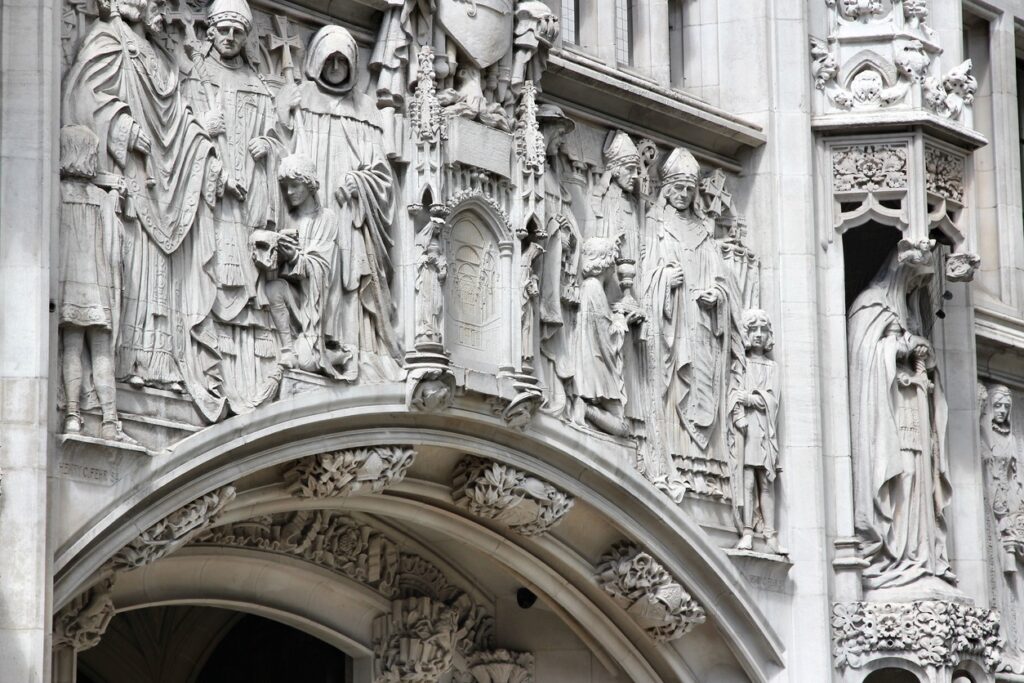
BTI 2014 LLC (Appellant) v Sequana SA et al (Respondents) [2022] UKSC 25
Judgment handed down 5 October 2022
The Supreme Court considered directors’ duties to financially distressed companies and concluded that directors must consider creditors’ interests when insolvency is imminent or probable (as opposed to just a ‘real risk’). The court set out the scope and trigger events of Creditor Duty.
Facts of the case
In 2009 directors of Arjo Wiggins Appleton Limited (AWA) distributed a lawful dividend of €135million to its sole shareholder, Sequana SA (Sequana). Whilst AWA was solvent, it had significant contingent liabilities (largely the cost of cleaning up river pollution) giving rise to a real risk that it might become insolvent in the future. This risk came to pass almost 10 years on in 2018.
AWA assigned its claims to Sequana and BTI sued the directors on the grounds they failed to consider the interests of AWA’s creditors when deciding to authorise the dividend.
BTI lost at first instance and in Court of Appeal, as both courts took the view that the duty to have regard to creditors’ interests did not arise at a time when the company was solvent and, the future risk was not imminent or probable.
What is significant about this Judgment?
Creditor Duty. The Companies Act 2006 (CA) s172(1) states a director must act in a way he considers to be in good faith to promote the success of a company to benefit its members as a whole. However, s172(3) states this duty takes effect, subject to any enactment or rule of law requiring a director to consider or act in the interest of creditors of the company.
This Judgment addresses:
- whether there is such an enactment or rule of law requiring directors to consider or act in the interests of creditors of the company; and if so,
- the content of that duty and the time when it arises as a company approaches insolvency.
Whilst the term Creditor Duty is used throughout the Judgment, it is accepted this is part of the duties a director owes to the company and thus not a separate duty to creditors. Creditor Duty is also known as the ‘West Mercier duty’, after the 1987 case which established this duty-shifting rule.
Findings
- Creditor Duty does exist in English common law. This was established prior to the CA and thus the reference to the “rule of law” in s172(3) has the effect of confirming that duty.
- The justification for Creditor Duty is founded on the economic reality that, as a company moves towards insolvent liquidation, the interests of creditors become prominent.
- Creditor Duty does not arise when there is a real risk of insolvency, but when the director knew, or ought to have known, the company was imminently insolvent or, that an insolvent liquidation/administration was probable.
- The scope of the Creditor Duty is to give consideration and weight to the financial and business interests of the company at the time, to be balance against other interests of stakeholders.
- Once insolvency is inevitable, the interests of creditors become paramount.
Initial reactions and ramifications
There is a lot of speculation over this Judgment. Some observations:
Pros
- Directors are likely to welcome the fact the trigger date has moved back towards the insolvency date and, is based on the balance of probability not simply a real risk of insolvency. This may assist directors to trader out of insolvency (though see paragraph 9 below).
- The dialling back of the trigger date was justified on the basis that creditors have an economic interest in the company on winding up i.e. when they share the proceeds of the realisation).
That said, this economic rationale is difficult to comprehend on the facts of this case, as AWA was a non-trading company which paid a lawful dividend. This begs the question whether the trigger point may be viewed differently in a trading company actively making investments.
- The trigger date dovetails with the date for wrongful trading obligations under s214 of the Insolvency Act 1986.
Cons
- Bordering on insolvency does not necessarily mean insolvency is inevitable. This creates a tricky balancing exercise for directors regarding the interests of shareholders versus the interests of creditors, at a time when risky decisions might need to be made to trade out of insolvency.
- There may be conflicting interests between creditors and thus lead to early insolvency where directors cannot pay one creditor before another.
- A payment can fall foul of the Insolvency Act 1986 s423 (transactions defrauding creditors) but directors not necessarily be held in breach of the Creditor Duty for authorising the payment which, perception wise, seems contradictory.
- There is uncertainty over the level of knowledge required by the director and, whether the burden of proof should be on the director to prove he did not know the company was on the brink of insolvency.
- There is uncertainty for directors as to how Creditor Duty will interact with other directors’ duties going forward and, when it becomes a paramount concern over a factor to be considered.
Only time will tell!
This article is for general purpose and guidance only and does not constitute legal advice. Specific legal advice should be taken before acting on any of the topics covered. No part of this article may be used, reproduced, stored or transmitted in any form, or by any means without the prior permission of Brecher LLP.




